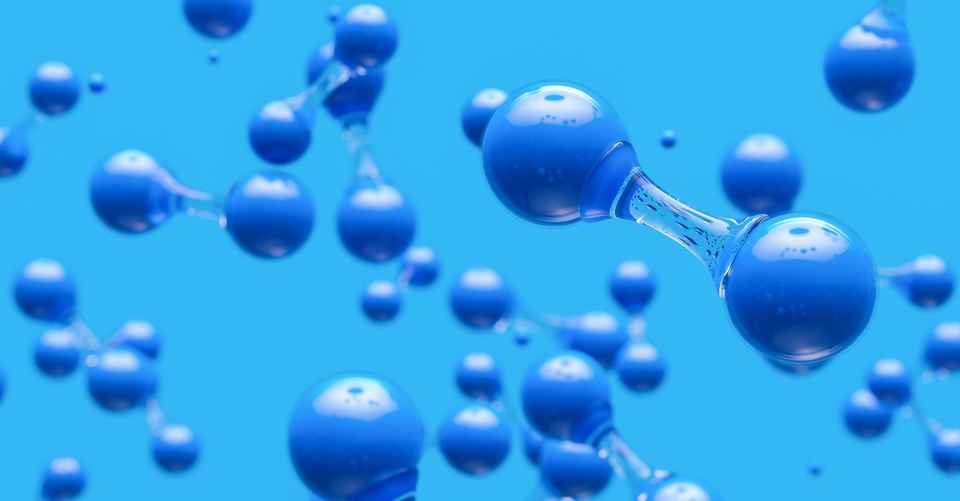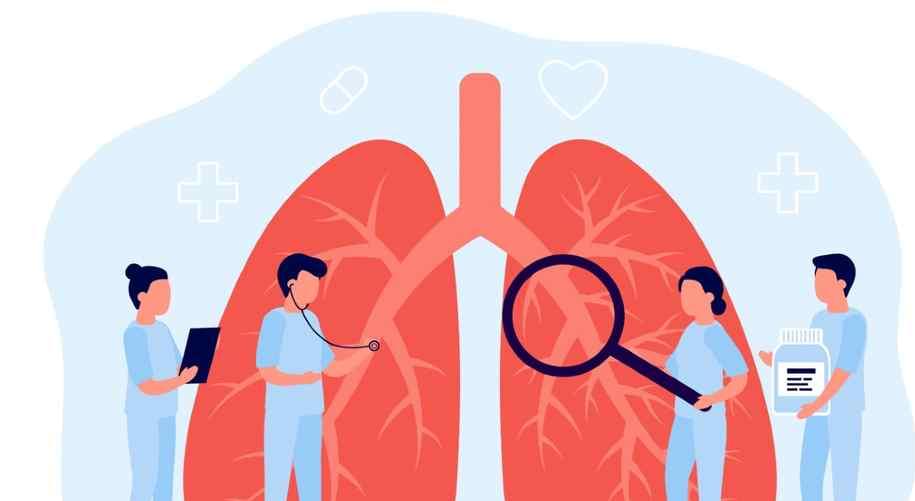Sometimes it’s easy to miss the forest for the trees. We spend so much time on what’s in front of us, we can miss the bigger picture. Alarm bells are going off across the world. We need to hear them.
An extreme heatwave and drought has been roasting China for 70 days straight, something that “has no parallel in modern record-keeping in China, or elsewhere around the world for that matter.”
Next door, in Pakistan, a “torrential downpour of biblical proportions” has so far killed 900 people and destroyed nearly 100,000 homes. Its neighbour India has suffered 200 heatwave days this year so far, compared to just 32 last year. South Korea received it’s the heaviest hourly downpour in Seoul for 80 years, flooding the capital and leaving 50 cities and towns with landslide warnings.






